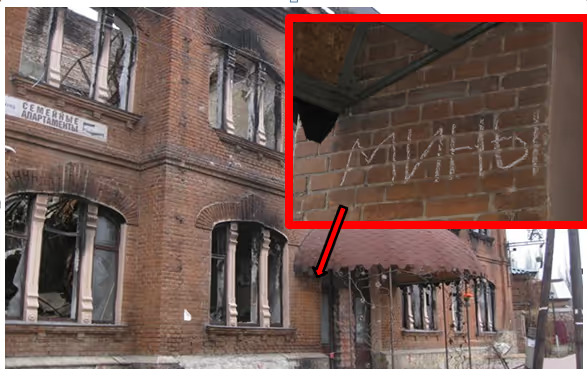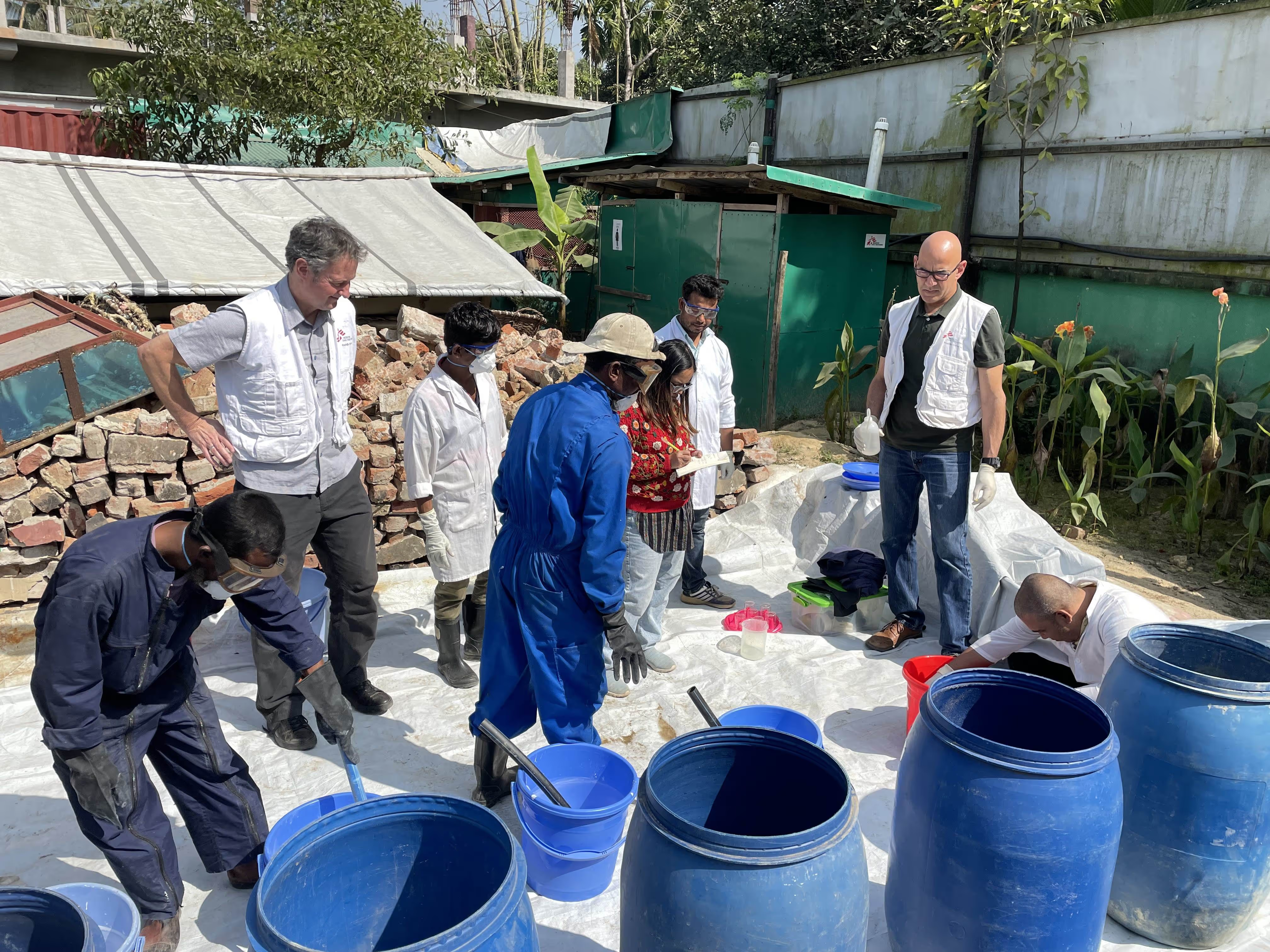Linking Affected Communities to Mine Action in Ukraine - UXO and the humanitarian impact

;
Since last blog
In the last blog we described the broader context of the innovation project and explained why the innovation is relevant in several contexts where mines and explosive remnants of war pose a threat to human security. In this relation, we explained how we have changed the pilot location to Ukraine and the current emergency there, which is affecting thousands of lives; at the time of writing this blog it is estimated that there are 0,9 million IDPs and 5000+ casualties as a result of the crisis.
Unexploded Ordnance and the humanitarian impact
In November, DRC/DDG undertook a needs assessment trip to Ukraine to assess how the ongoing and intensifying crisis, and the Unexploded Ordnance (UXO) more specifically, is affecting the population. The level of destruction in parts of eastern Ukraine was shocking. These pictures show the level of some of the destruction the crisis has caused:


The target areas for the pilot project will be post- conflict areas, as this is where contamination from the ongoing crisis is located. These are also the areas people have fled from and where many want to return to. Other people stayed in these areas during the actual fighting and continue to live with the hazards now that the fighting has ended. More specifically the pilot project will be in Sloviansk and its surroundings, where the above photos are from.
As the photos demonstrate, Sloviansk and its surrounding areas were under heavy fire. Due to intensive fighting in these areas there is a strong indication that UXO will be present, this is based on the typical ordnance failure rate of approximately 10 %. During the needs assessment, anecdotal evidence from other NGO personnel in addition to reports from the Ukrainian State Emergency Service (SES) support this.
We expect that the HIF pilot project can add value because information can change the fate of potential victims of these deadly hazards. For this reason, the provision of protection, in terms of Mine Risk Education (MRE) to civilians in areas affected by conflict, is continuously highlighted as a priority for humanitarian interventions in Ukraine. Also the removal of UXO, that pose an immediate hazard to the population, is one of the most critical shortfalls at this point in time.
The pilot project therefore wants to address both the MRE provision as well as provide means for the humanitarian mine action responders to receive more data on contaminated areas, which can enable them to provide better assistance to the affected population.
Next blog
In the next blog, we will go into depth of how the innovation, more specifically, can assist the crisis-affected Ukrainians.
Stay updated
Sign up for our newsletter to receive regular updates on resources, news, and insights like this. Don’t miss out on important information that can help you stay informed and engaged.
Related articles



Explore Elrha
Learn more about our mission, the organisations we support, and the resources we provide to drive research and innovation in humanitarian response.